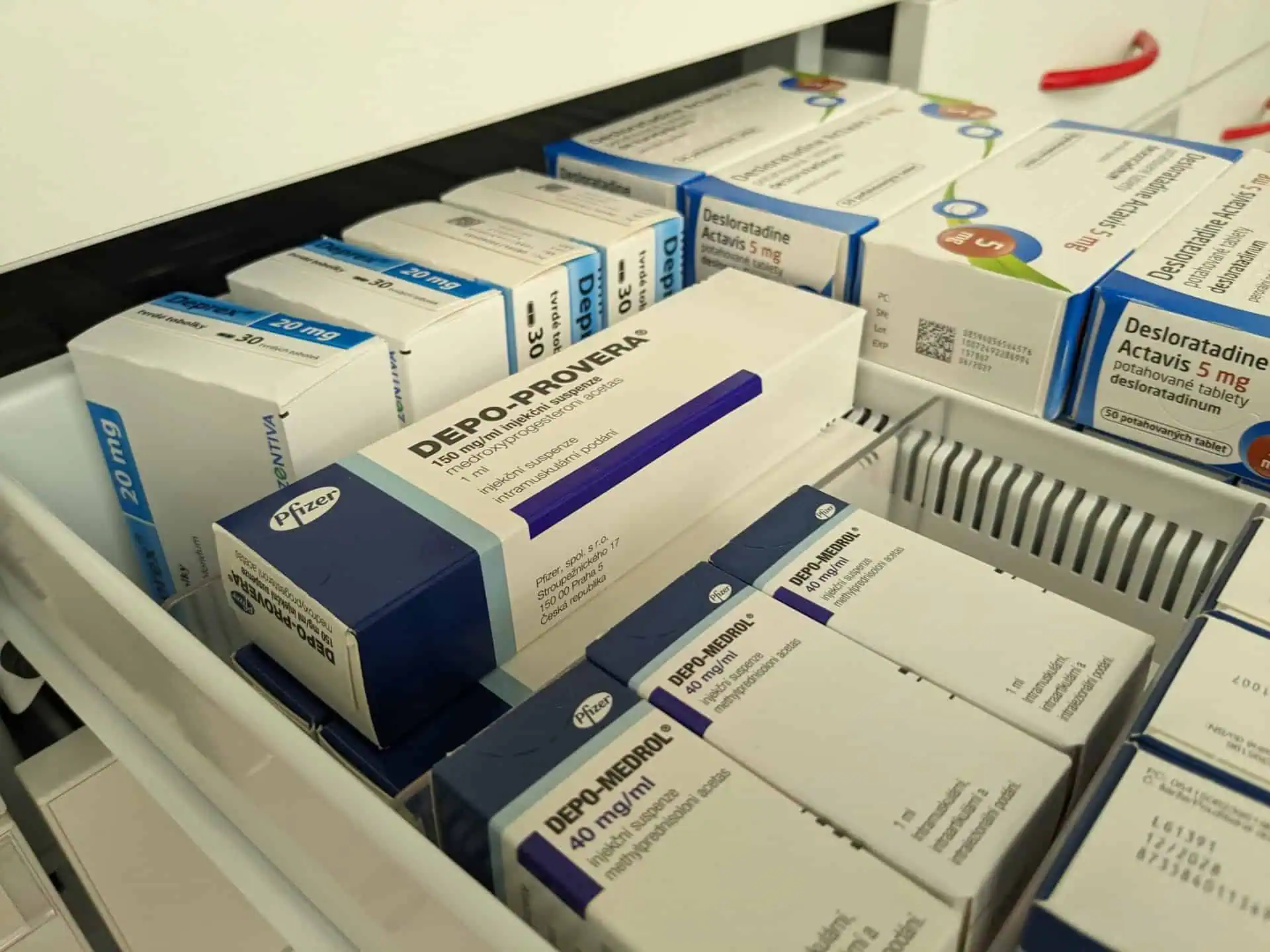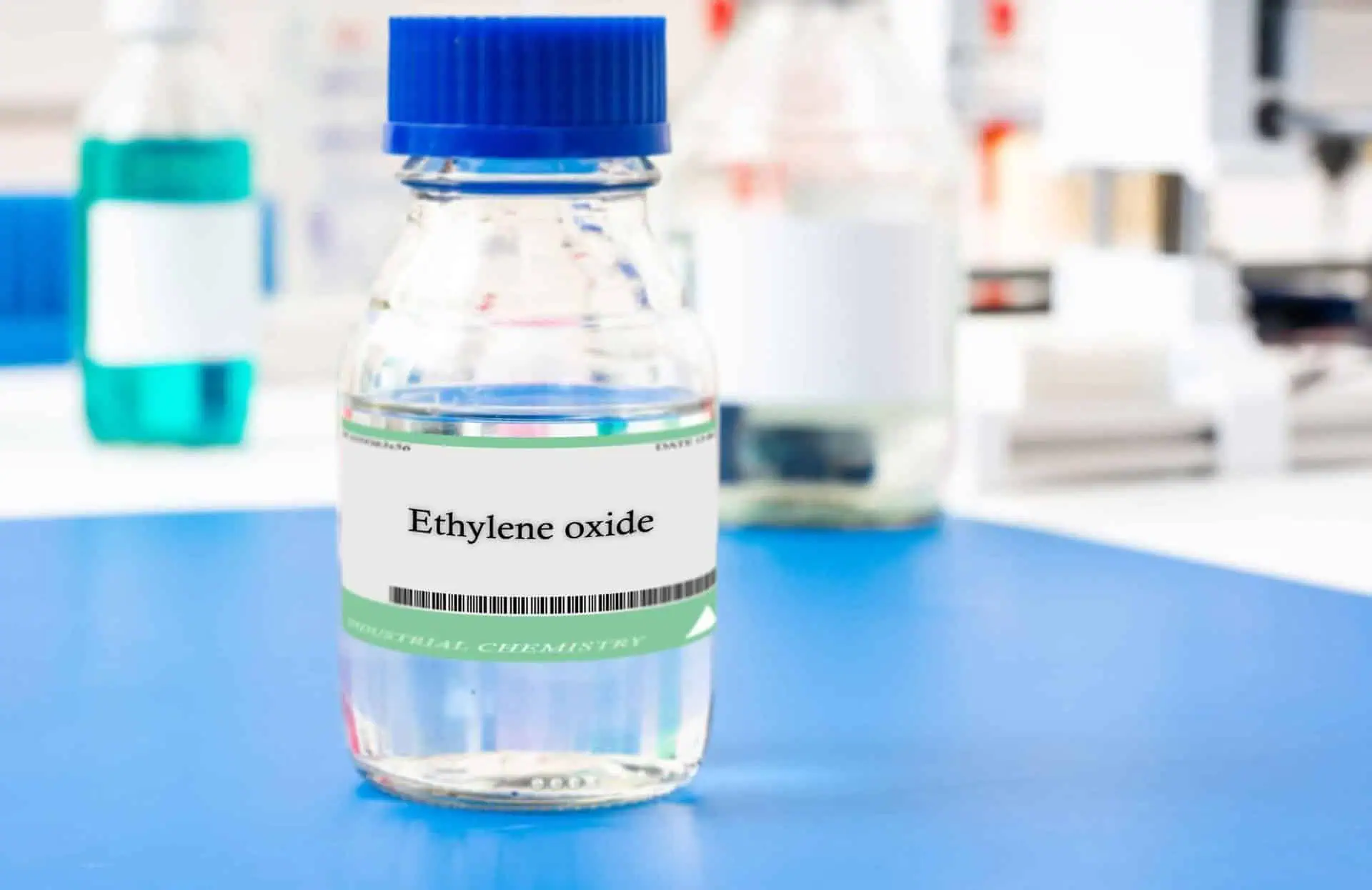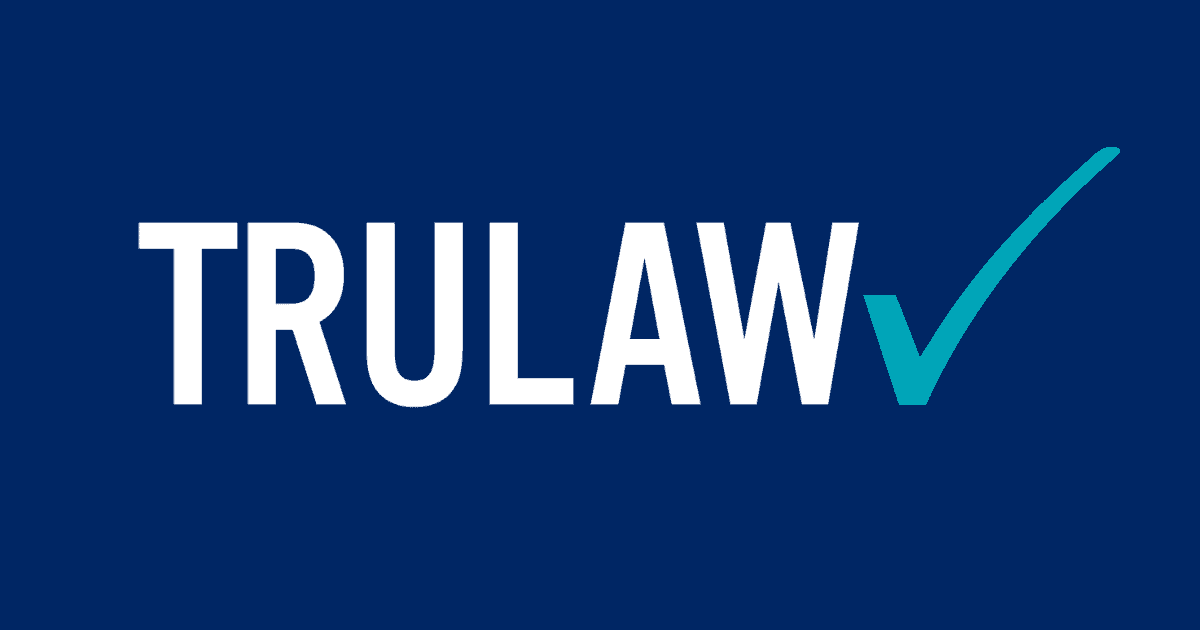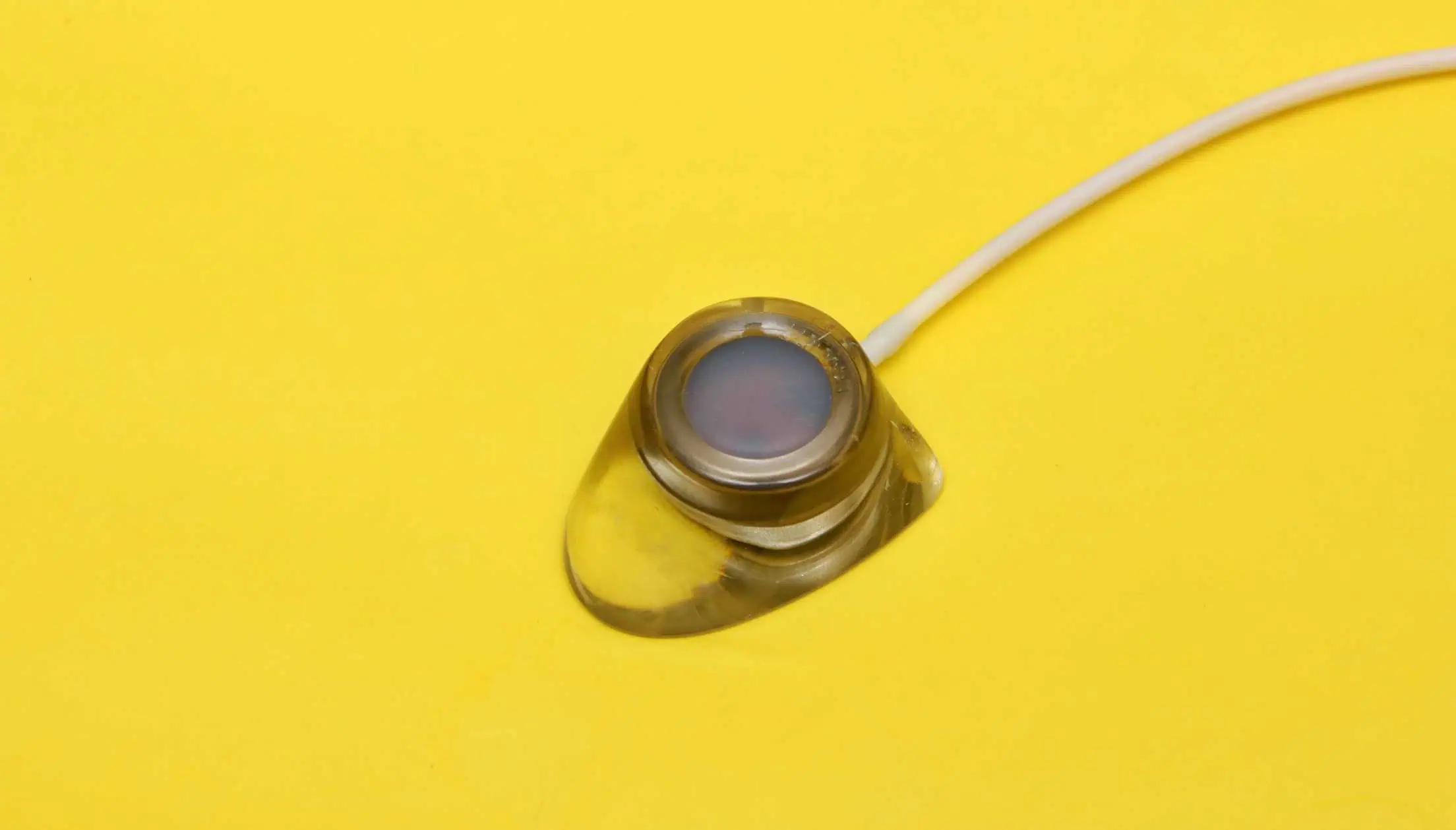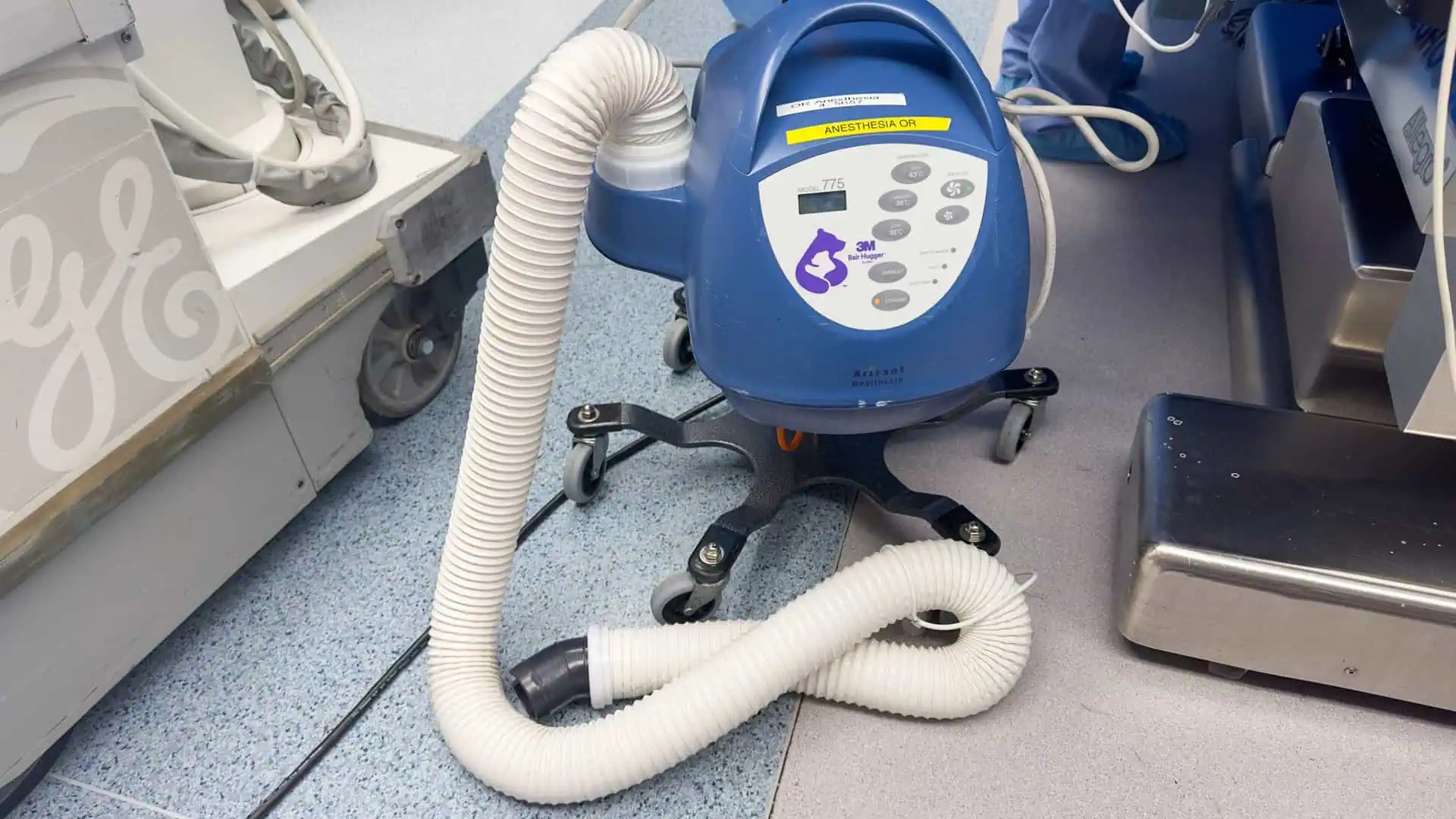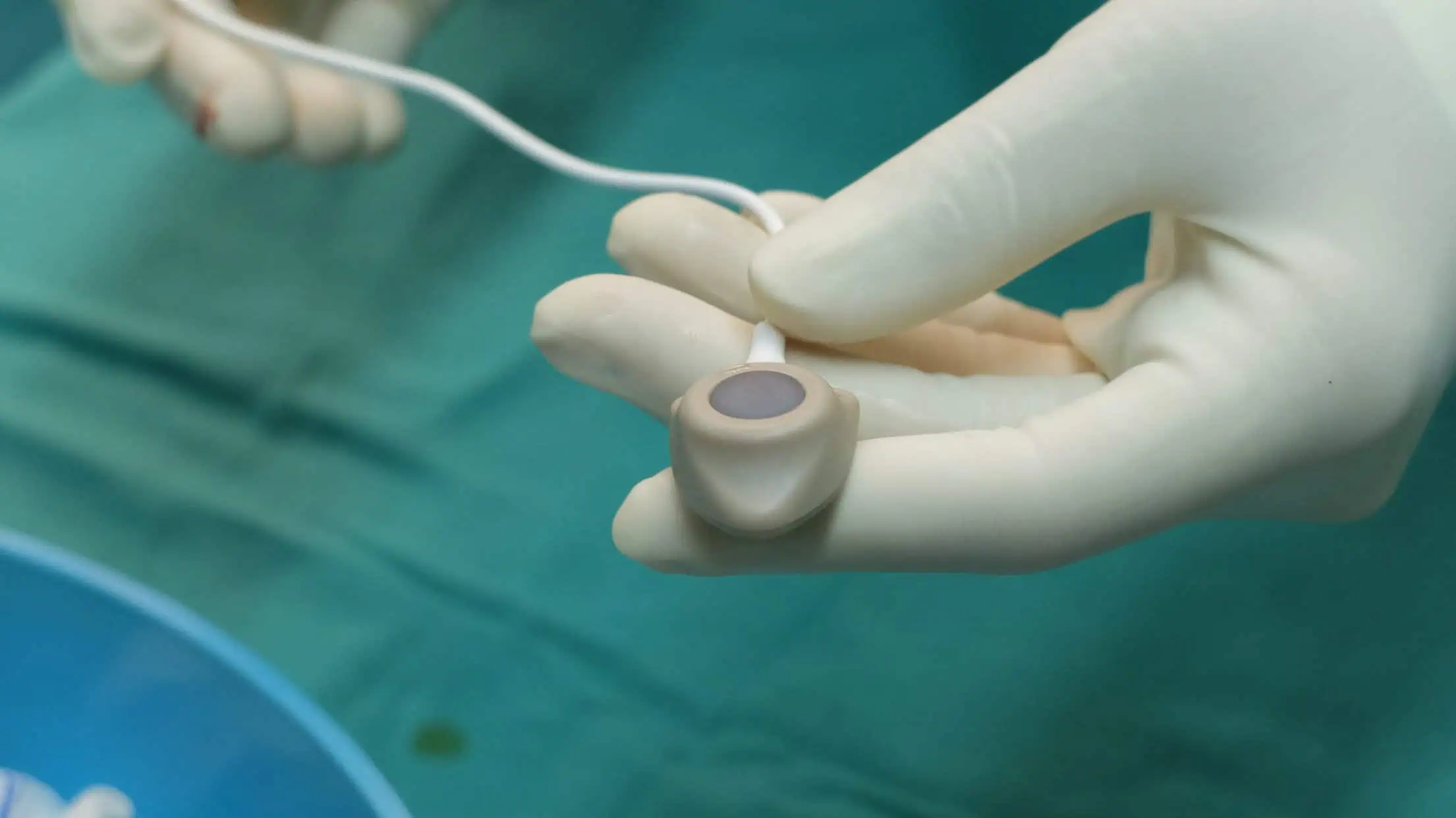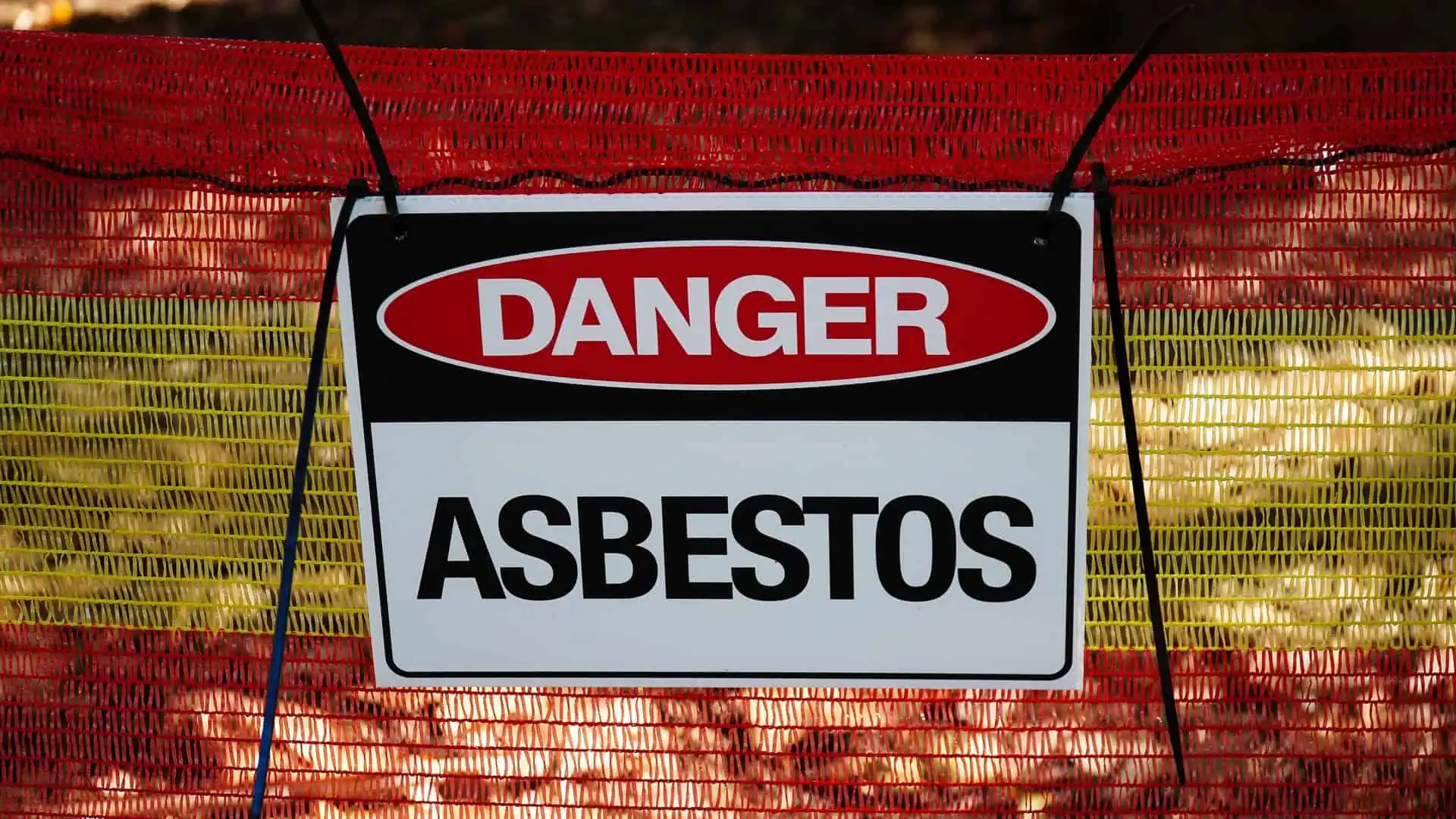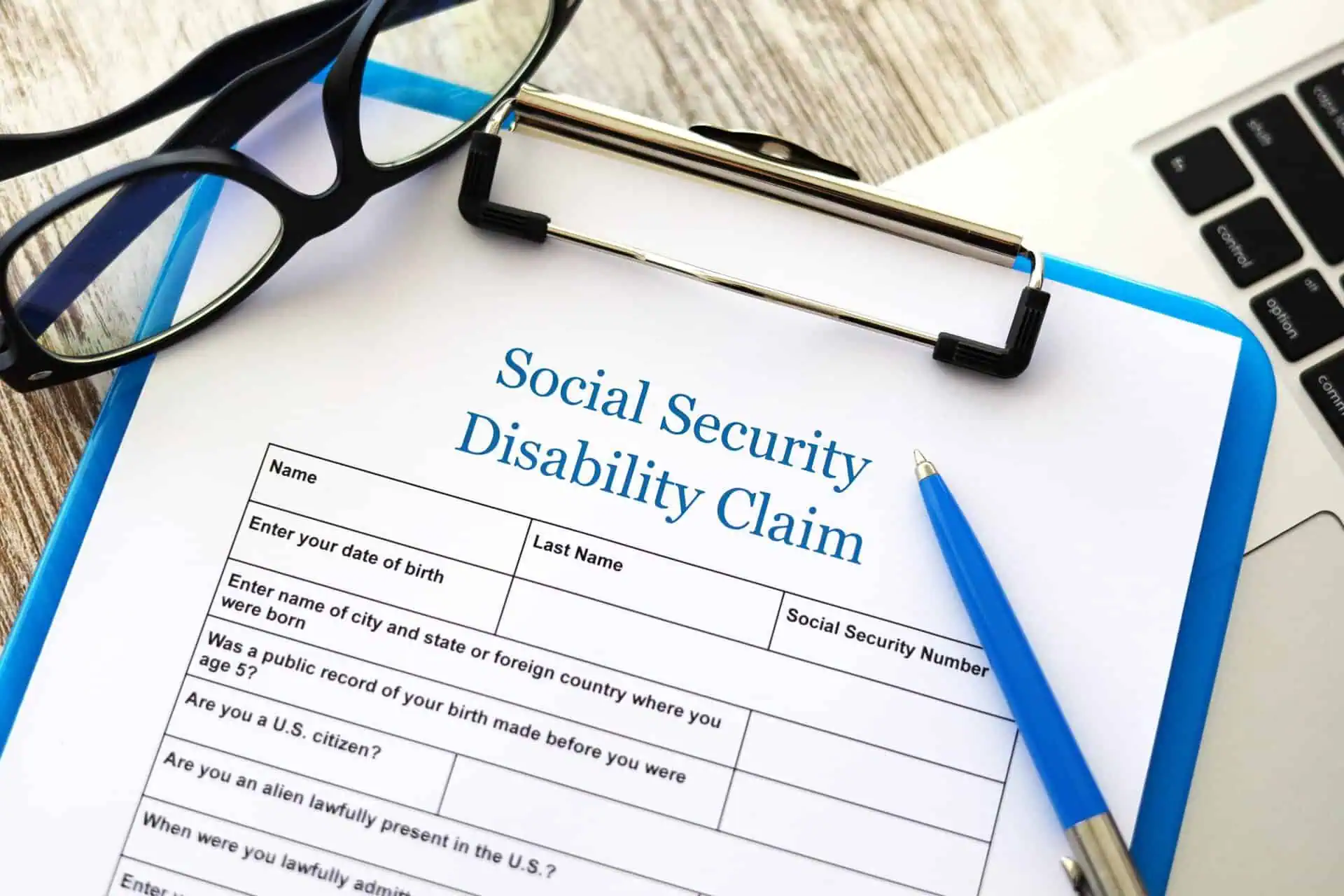Gadolinium Deposition Disease Lawsuit – Gadolinium Toxicity
- Last Updated: June 12th, 2025

Attorney Jessica Paluch-Hoerman, founder of TruLaw, has over 28 years of experience as a personal injury and mass tort attorney, and previously worked as an international tax attorney at Deloitte. Jessie collaborates with attorneys nationwide — enabling her to share reliable, up-to-date legal information with our readers.
Legally Reviewed
This article has been written and reviewed for legal accuracy and clarity by the team of writers and legal experts at TruLaw and is as accurate as possible. This content should not be taken as legal advice from an attorney. If you would like to learn more about our owner and experienced injury lawyer, Jessie Paluch, you can do so here.
Fact-Checked
TruLaw does everything possible to make sure the information in this article is up to date and accurate. If you need specific legal advice about your case, contact us by using the chat on the bottom of this page. This article should not be taken as advice from an attorney.
Was I Exposed To Gadolinium In A Recent MRI?
According to the Organization for Economic Cooperation and Development, 38 million MRI imaging exams are performed in the U.S. each year.
30% of those exams utilize a Gadolinium-based contrast agent (GBCA) – exposing 11.4 million U.S. citizens per year to Gadolinium.
Gadolinium-based contrast agents are used with medical imaging devices called MRI (Magnetic Resonance Imaging) scanners to examine the body for problems such as cancer infections or bleeding.
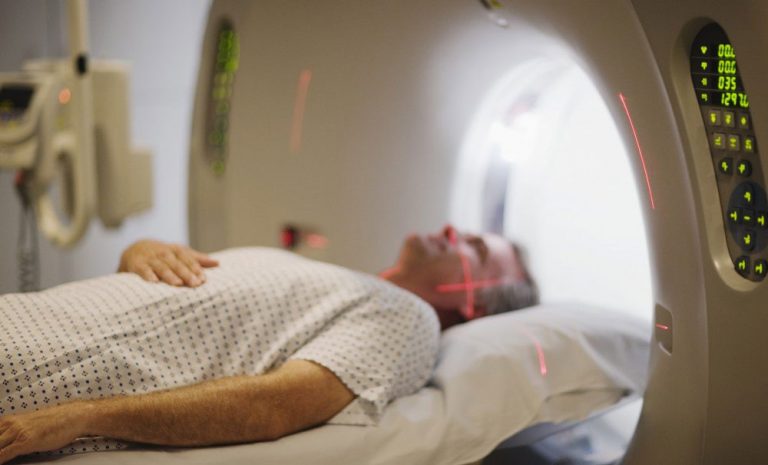
These Gadolinium-based contrast agents are injected into a vein to improve visualization of internal organs and it helps to diagnose medical conditions.
The market for contrast agents is expected to reach $5.53 billion by 2022.
It is imperative that U.S. GBCA risk studies continue to move forward in the U.S.
When used on individuals with normal kidney function, GBCAs have been assumed to be eliminated from the body through the kidneys.
But, recent studies may contradict that assumption.
Table of Contents
Studies Lead To Warnings And More Questions
Since September 2010, the FDA has required that gadolinium-based contrast agents (GBCA) carry a warning on their label about the risk of Nephrogenic Systemic Fibrosis (NSF) when administered in individuals with kidney disease.
NSF is a disease of fibrosis of the skin and organs.
Fibrosis is characterized by a thickening or hardening of the skin and most often appears in the arms and legs.
NSF diagnosis have decreased substantially since MRI/MRA protocol have required kidney testing prior to using gadolinium as a contrast agent.
In 2014, Japanese scientists reported gadolinium was found in the brains of deceased patients who never had kidney disease.
This study led to the finding that a small quantity of gadolinium will remain in the patient for an indeterminate amount of time, regardless of renal function.
Gadolinium Deposition Disease (GDD)
As a result of these studies, a new disease referred to as gadolinium deposition disease (GDD) was identified.
GDD appears to have similar, but less severe, symptoms than NSF, including:
- Persistent headache
- Bone pain
- Joint pain
- Subcutaneous soft tissue thickening (skin that appears spongy or rubbery)
- Tendons and ligaments are painful and have thickened
- Tightness in hands and feet
- Pain described as burning, cutting, or pins and needles in the arms, legs or torso.
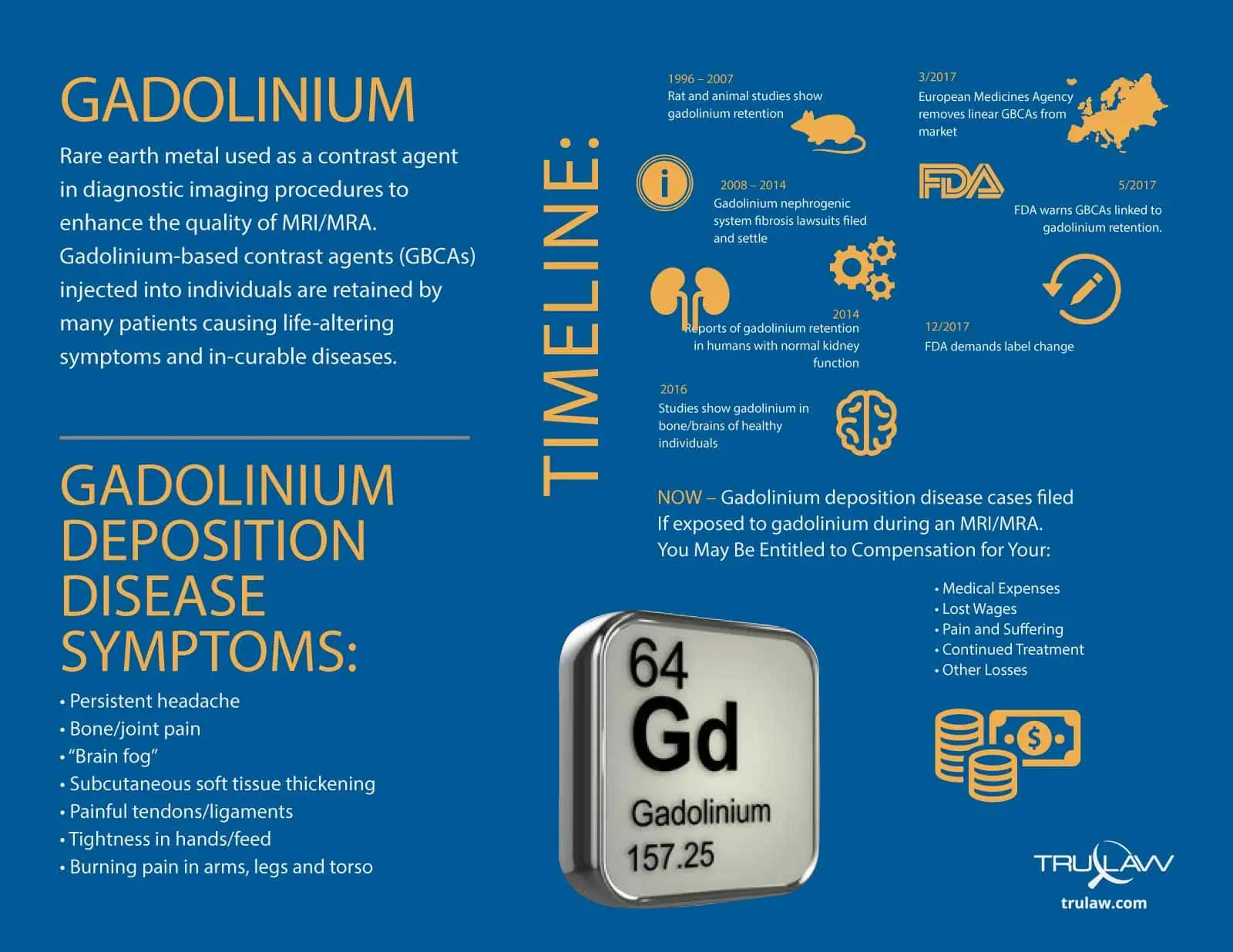
GDD symptoms appear anywhere from a few hours to a few weeks after injection with a GBCA and generally requires diagnosis through a urine test.
In June 2015, the Mayo Clinic found direct evidence of gadolinium deposition in brain tissue during the autopsies of individuals who had MRIs prior to donating their bodies to medical research upon death.
Further research has led scientists to consider whether there are safer GBCAs.
This was the approach taken by the European Medicines Agency (EMA) during a study of gadolinium deposition in the brain and other tissues.
In July 2015, this study led to the suspension of linear gadolinium agents including Magnevist, Multihance, Omniscan, and Optimark.
The FDA is still studying the effects of gadolinium and has not yet suspended the use of any of the GBCAs.
However, on December 19, 2017, The FDA issued a safety alert to the public and now requires a warning to be shared with all patients about the risk of gadolinium retention.
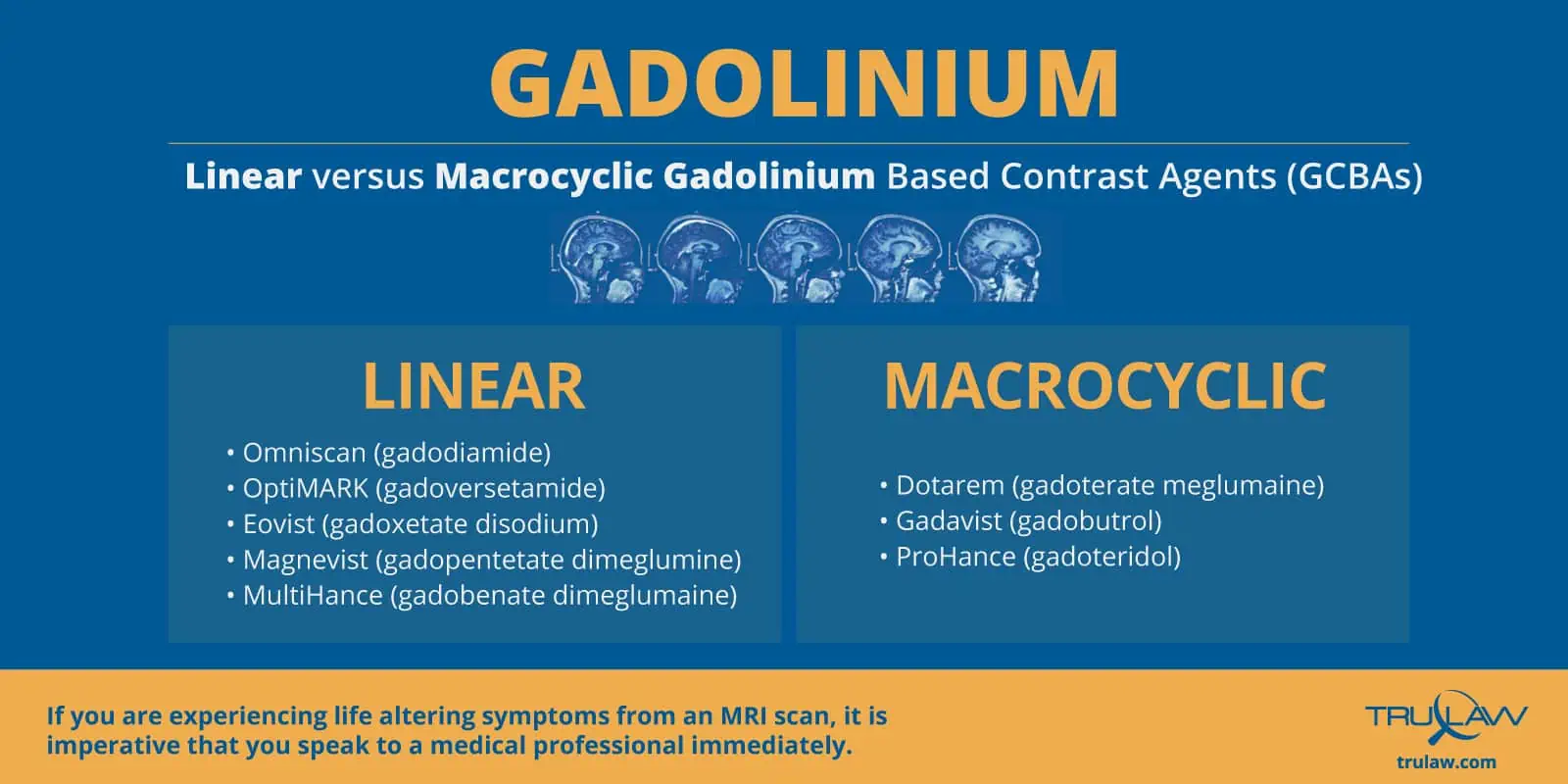
Gadolinium Lawsuits
After five years of intense burning, heart pounding and other side effects from an MRI scan, Gena Norris, wife of actor and martial artist, Chuck Norris, filed a lawsuit in San Francisco Superior court alleging the GBCA used in her MRI poisoned her.
In addition, many other cases have been filed in other states, and it is expected that hundreds of these gadolinium lawsuits will be filed soon.
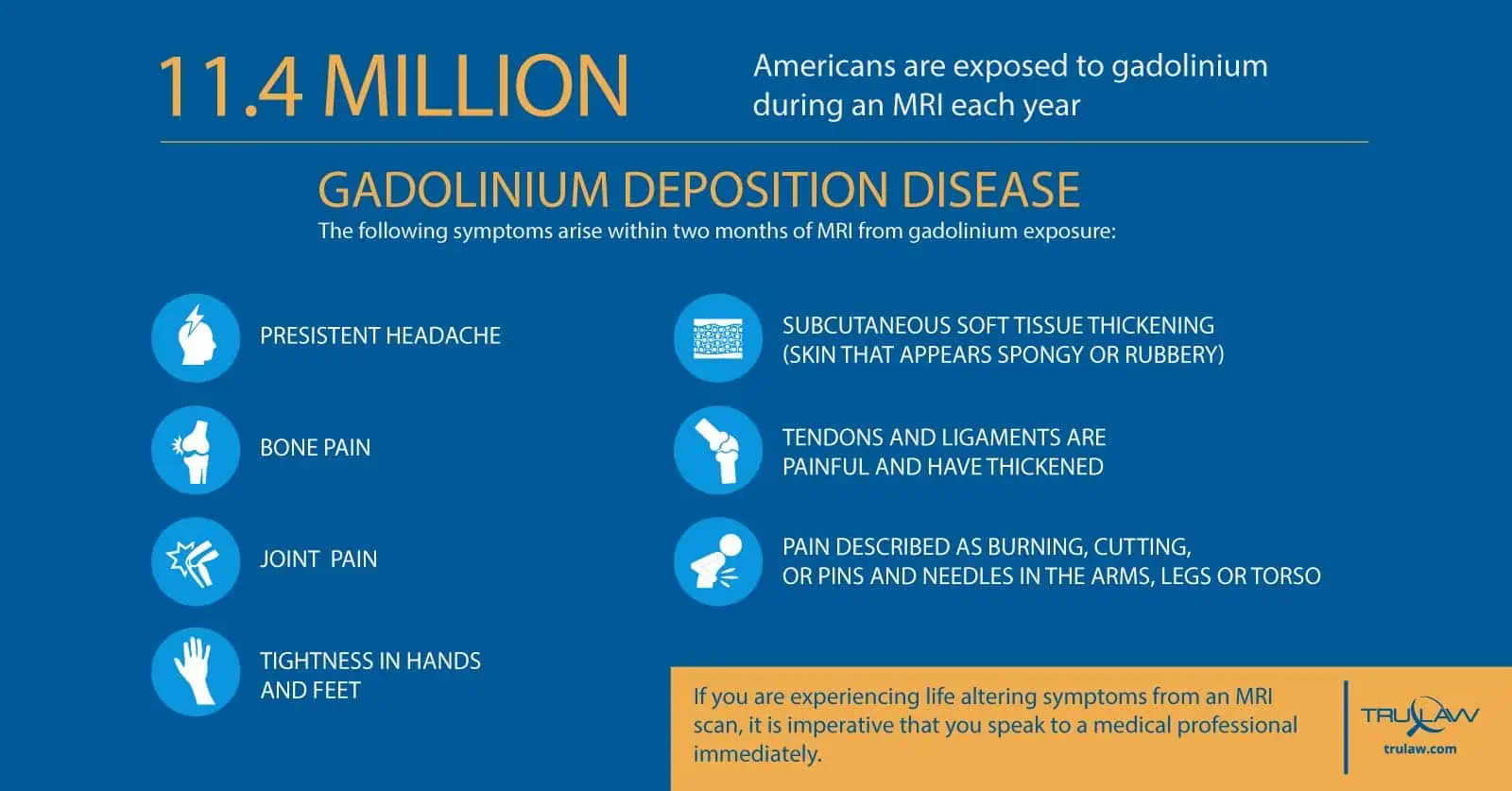
Gadolinium Settlement
In 2008, scores of plaintiffs successfully argued that manufacturers of GCBAs failed to warn about the risk of nephrogenic systemic fibrosis in patients with renal failure or kidney impairment.
These lawsuits resulted in settlements and an FDA warning.
Lawsuits filed on behalf of individuals experiencing GDD are still making their way through court.
There are currently no reported settlements of these cases.
It is quite likely that settlement discussions will occur at some point.

Managing Attorney & Owner
With over 25 years of legal experience, Jessica Paluch-Hoerman is an Illinois lawyer, a CPA, and a mother of three. She spent the first decade of her career working as an international tax attorney at Deloitte.
In 2009, Jessie co-founded her own law firm with her husband – which has scaled to over 30 employees since its conception.
In 2016, Jessie founded TruLaw, which allows her to collaborate with attorneys and legal experts across the United States on a daily basis. This hypervaluable network of experts is what enables her to share the most reliable, accurate, and up-to-date legal information with our readers!
Here, at TruLaw, we’re committed to helping victims get the justice they deserve.
Alongside our partner law firms, we have successfully collected over $3 Billion in verdicts and settlements on behalf of injured individuals.
Would you like our help?
At TruLaw, we fiercely combat corporations that endanger individuals’ well-being. If you’ve suffered injuries and believe these well-funded entities should be held accountable, we’re here for you.
With TruLaw, you gain access to successful and seasoned lawyers who maximize your chances of success. Our lawyers invest in you—they do not receive a dime until your lawsuit reaches a successful resolution!
AFFF Lawsuit claims are being filed against manufacturers of aqueous film-forming foam (AFFF), commonly used in firefighting.
Claims allege that companies such as 3M, DuPont, and Tyco Fire Products failed to adequately warn users about the potential dangers of AFFF exposure — including increased risks of various cancers and diseases.
Depo Provera Lawsuit claims are being filed by individuals who allege they developed meningioma (a type of brain tumor) after receiving Depo-Provera birth control injections.
A 2024 study found that women using Depo-Provera for at least 1 year are five times more likely to develop meningioma brain tumors compared to those not using the drug.
Suboxone Tooth Decay Lawsuit claims are being filed against Indivior, the manufacturer of Suboxone, a medication used to treat opioid addiction.
Claims allege that Indivior failed to adequately warn users about the potential dangers of severe tooth decay and dental injuries associated with Suboxone’s sublingual film version.
Social Media Harm Lawsuits are being filed against social media companies for allegedly causing mental health issues in children and teens.
Claims allege that companies like Meta, Google, ByteDance, and Snap designed addictive platforms that led to anxiety, depression, and other mental health issues without adequately warning users or parents.
Transvaginal Mesh Lawsuits are being filed against manufacturers of transvaginal mesh products used to treat pelvic organ prolapse (POP) and stress urinary incontinence (SUI).
Claims allege that companies like Ethicon, C.R. Bard, and Boston Scientific failed to adequately warn about potential dangers — including erosion, pain, and infection.
Bair Hugger Warming Blanket Lawsuits involve claims against 3M — alleging their surgical warming blankets caused severe infections and complications (particularly in hip and knee replacement surgeries).
Plaintiffs claim 3M failed to warn about potential risks — despite knowing about increased risk of deep joint infections since 2011.
Baby Formula NEC Lawsuit claims are being filed against manufacturers of cow’s milk-based baby formula products.
Claims allege that companies like Abbott Laboratories (Similac) and Mead Johnson & Company (Enfamil) failed to warn about the increased risk of necrotizing enterocolitis (NEC) in premature infants.
Here, at TruLaw, we’re committed to helping victims get the justice they deserve.
Alongside our partner law firms, we have successfully collected over $3 Billion in verdicts and settlements on behalf of injured individuals.
Would you like our help?


